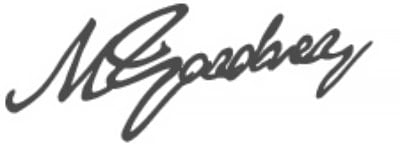It’s a popular catchphrase among politicians and policymakers: “Build more apartments, and we’ll solve the housing crisis.” 
It sounds simple—almost too simple. And that’s because it is!
The idea that just increasing supply, particularly through apartment construction, will make housing affordable fails to grasp the true complexities of Australia’s housing market.
In reality, building more apartments is far from the magic bullet many hope it to be, and in some ways, it could even make the situation worse.
In today’s episode, I discuss the complexities surrounding the housing affordability crisis in Australia with Brett Warren.
We challenge the notion that simply building more apartments will solve the issue, emphasising the need for quality housing that caters to various demographics. 
We explore the role of government policies, the challenges faced by the construction industry, and the importance of understanding market dynamics for property investors.
The episode wraps up with insights on future housing trends and investment strategies.
Takeaways
- Building more apartments isn't a simple solution to housing affordability.
- Quality of housing is more important than quantity.
- Demographic shifts are influencing housing needs and preferences.
- Government policies need to align with actual housing demands.

- The construction industry faces significant challenges that impact housing supply.
- Investors should focus on established properties rather than new apartments.
- Understanding market dynamics is crucial for successful property investment.
- The housing crisis is expected to persist for several years.
- Stricter regulations are needed to ensure quality in construction.
- Opportunities exist in the market despite current obstacles.
Links and Resources:
Get the team at Metropole to help build your personal Strategic Property Plan Click here and have a chat with us
Brett Warren - National Director of Property at Metropole
Get a bundle of free reports and eBooks – www.PodcastBonus.com.au
Also, please subscribe to my new podcast Demographics Decoded with Simon Kuestenmacher – just look for Demographics Decoded wherever you are listening to this podcast and subscribe so each week we can unveil the trends shaping your future.
Subscribe & don’t miss a single episode of Michael Yardney’s podcast
Hear Michael & a select panel of guest experts discuss property investment, success & money related topics. Subscribe now, whether you're on an Apple or Android handset.
Need help listening to Michael Yardney’s podcast from your phone or tablet?
We have created easy to follow instructions for you whether you're on iPhone / iPad or an Android device.
Prefer to subscribe via email?
Join Michael Yardney's inner circle of daily subscribers and get into the head of Australia's best property investment advisor and a wide team of leading property researchers and commentators.

![[PODCAST] Why Building More Apartments Won’t Solve the Housing Affordability Crisis, with Brett Warren](https://cdn.propertyupdate.com.au/wp-content/uploads/2024/11/623-MY-podcast-623-high-rise_apartments_Brett-Warren.jpg)







